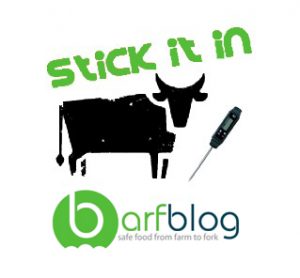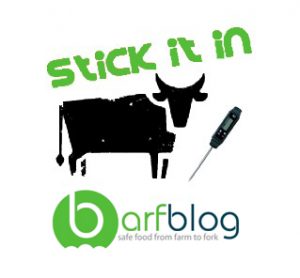We conducted a recent investigation in Quebec, Canada, concerning Canadian deer hunters who went to the United States to hunt deer and returned with symptoms of fever, severe headache, myalgia, and articular pain of undetermined etiology. Further investigation identified that a group of 10 hunters from Quebec attended a hunting retreat in Illinois (USA) during November 22–December 4, 2018.
 Six of the 10 hunters had similar symptoms and illness onset dates. Serologic tests indicated a recent toxoplasmosis infection for all symptomatic hunters, and the risk factor identified was consumption of undercooked deer meat. Among asymptomatic hunters, 2 were already immune to toxoplasmosis, 1 was not immune, and the immune status of 1 remains unknown. Outbreaks of acute toxoplasmosis infection are rare in North America, but physicians should be aware that such outbreaks could become more common.
Six of the 10 hunters had similar symptoms and illness onset dates. Serologic tests indicated a recent toxoplasmosis infection for all symptomatic hunters, and the risk factor identified was consumption of undercooked deer meat. Among asymptomatic hunters, 2 were already immune to toxoplasmosis, 1 was not immune, and the immune status of 1 remains unknown. Outbreaks of acute toxoplasmosis infection are rare in North America, but physicians should be aware that such outbreaks could become more common.
Acute toxoplasmosis among Canadian deer hunters associated with consumption of undercooked deer meat hunted in the U.S.
Emerging Infectious Diseases, vol. 26, no. 2
Colette Gaulin , Danielle Ramsay, Karine Thivierge, Joanne Tataryn, Ariane Courville, Catherine Martin, Patricia Cunningham, Joane Désilets, Diane Morin, and Réjean Dion
https://wwwnc.cdc.gov/eid/article/26/2/19-1218_article?deliveryName=DM17555











